Imperial Chinese Porcelain // Monochromes
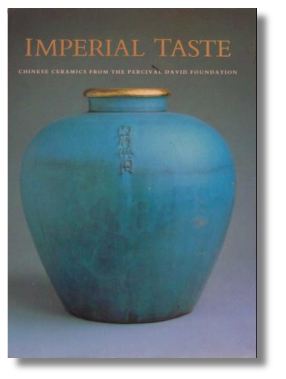
Imperial Taste – Chinese Ceramics from the Percival David Foundation
This is the catalogue to an exhibition organized by the Los Angeles County Museum of Art with pieces from the Percival David Foundation in London.
Smitten by the riches of the Imperial Collection, connoisseur Sir Percival David (1892-1964) braved the “insuperable obstacles” posed by rival Chinese collectors – and the chicaneries of the Chinese bank which then owned the priceless porcelains in the collection – to purchase, in 1926, the collection, which is now quartered at the University of London.
The 56 pieces that makes up this exhinbition date from the 9th to the 18th centuries. Formerly owned by Chinese emperors, they document fluctuating imperial taste and bear witness to an enduring high standard, from Jun ware from the 12th and 13th centuries – smudged generously with mottled plum and purple glazes – to the delicate naturalism of 18th-century Jingdezhen tea sets, painted with lotus blossoms.
Rounding out the many color photographs and catalogue essay by curator Rosemary Scott are other pieces by Rosemary Scott and scholars George Kuwayama, Roderick Whitfield, Wu Tung and Denise Patry Leidy discussing archeological research, the origins of ceramic painting styles, the role played by such porcelains in Chinese painting itself and the influence of East-West trade on the art.
Copyright 1989 Reed Business Information, Inc.
Paperback: 136 pages
Publisher: Chronicle Books (July 1, 1989)
Language: English
ISBN-10: 0877016127
ISBN-13: 978-0877016120

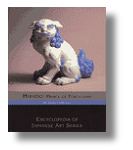
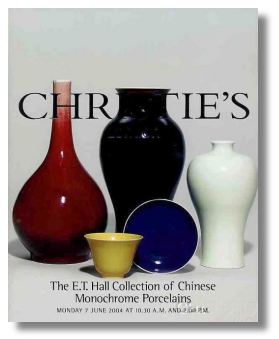
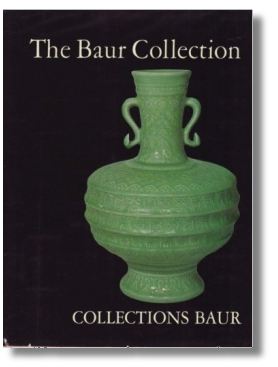
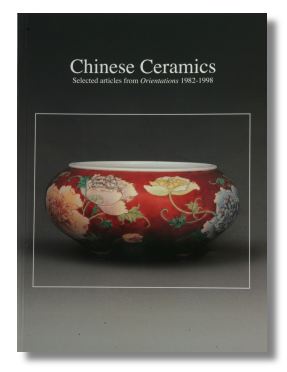
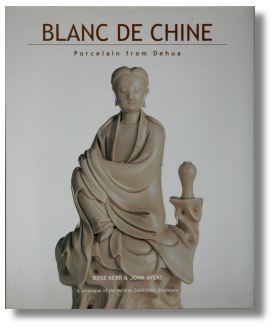
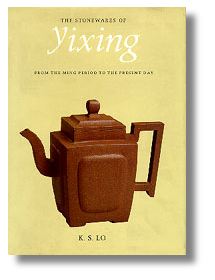
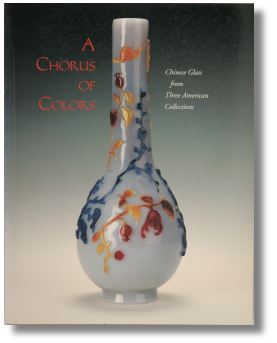
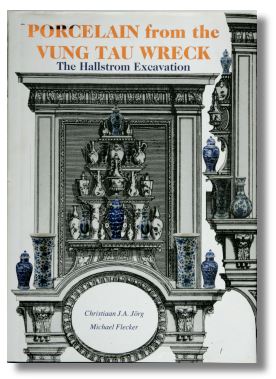
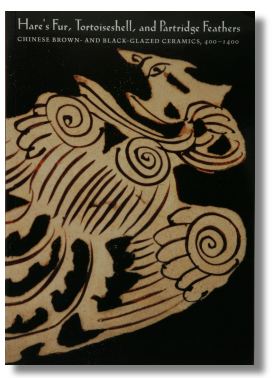
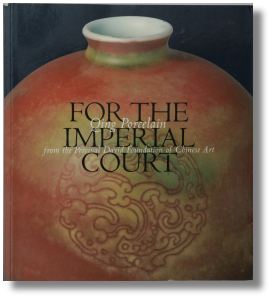
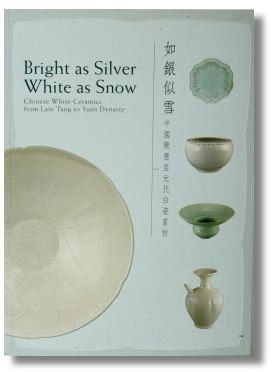 Bright as Silver, White as Snow
Bright as Silver, White as Snow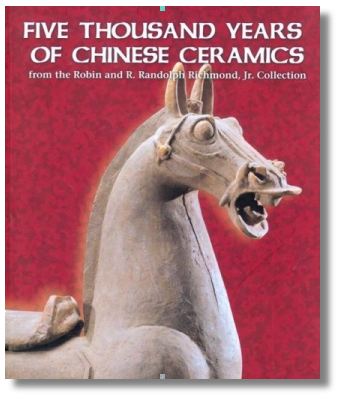
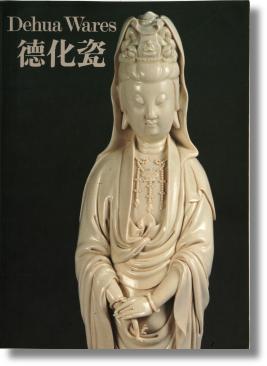
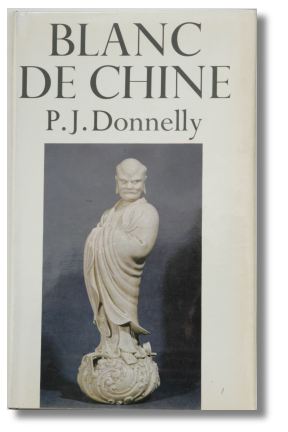
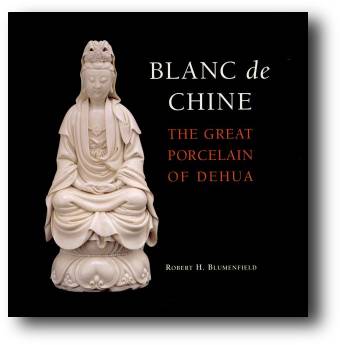

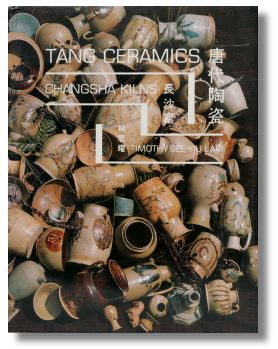
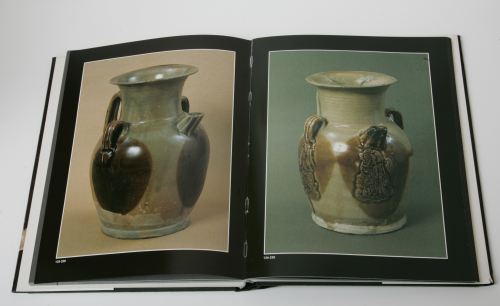
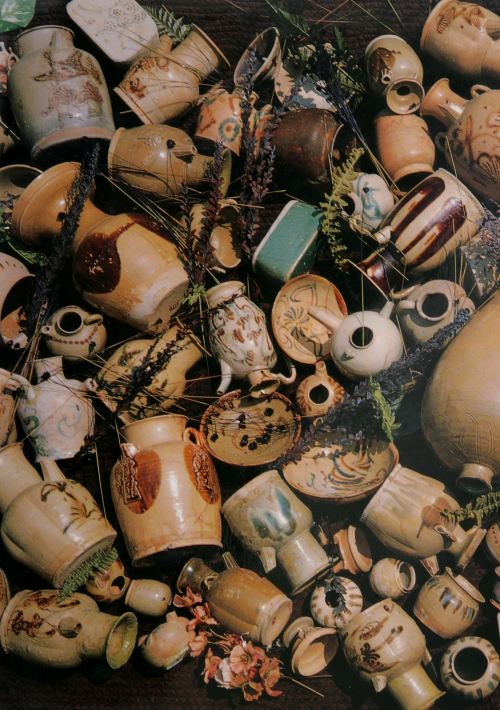
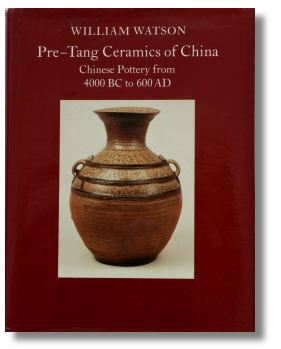 Pre-Tang Ceramics of China: Chinese Pottery from 4000 B.C. to 600 A.D. (Faber Monographs on Pottery and Porcelain)
Pre-Tang Ceramics of China: Chinese Pottery from 4000 B.C. to 600 A.D. (Faber Monographs on Pottery and Porcelain)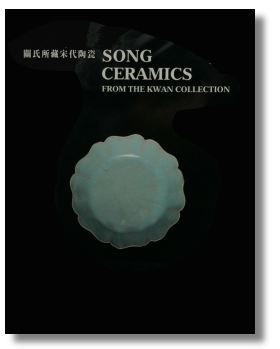
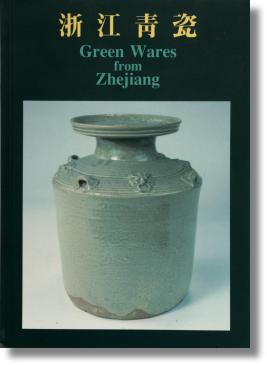
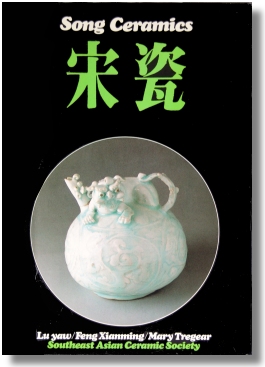
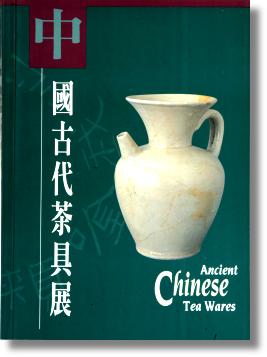
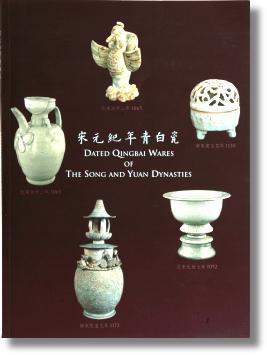
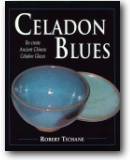 Celadon Blues
Celadon Blues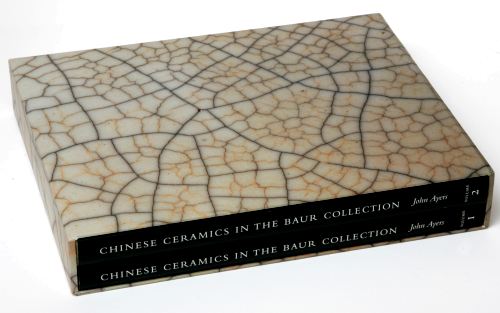
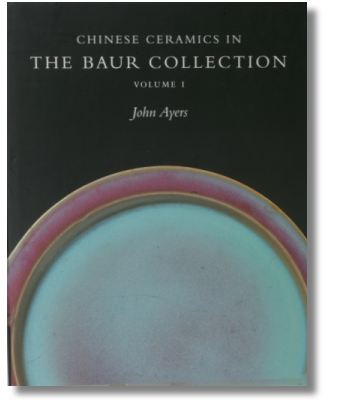
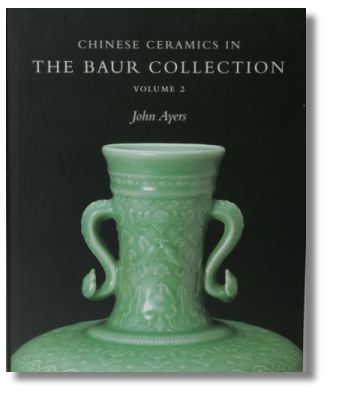
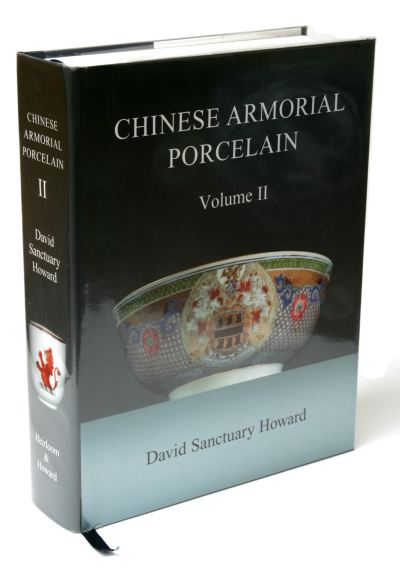
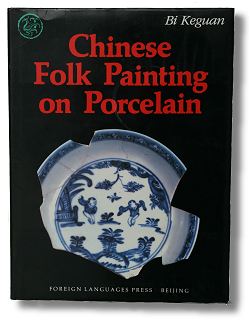 Chinese Folk Painting on Porcelain
Chinese Folk Painting on Porcelain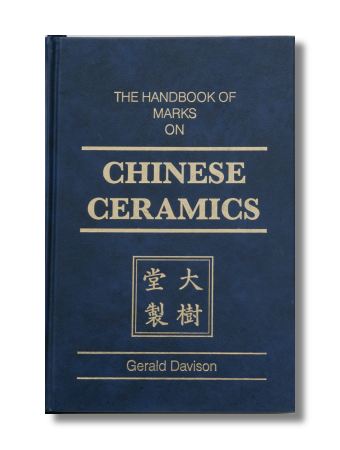 The Handbook of Marks on Chinese Ceramics
The Handbook of Marks on Chinese Ceramics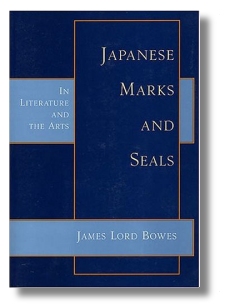 Japanese Marks and Seals, in Literature & the Arts
Japanese Marks and Seals, in Literature & the Arts